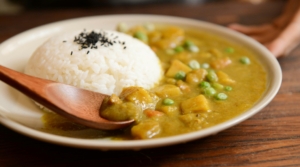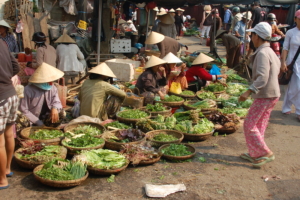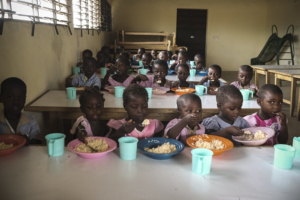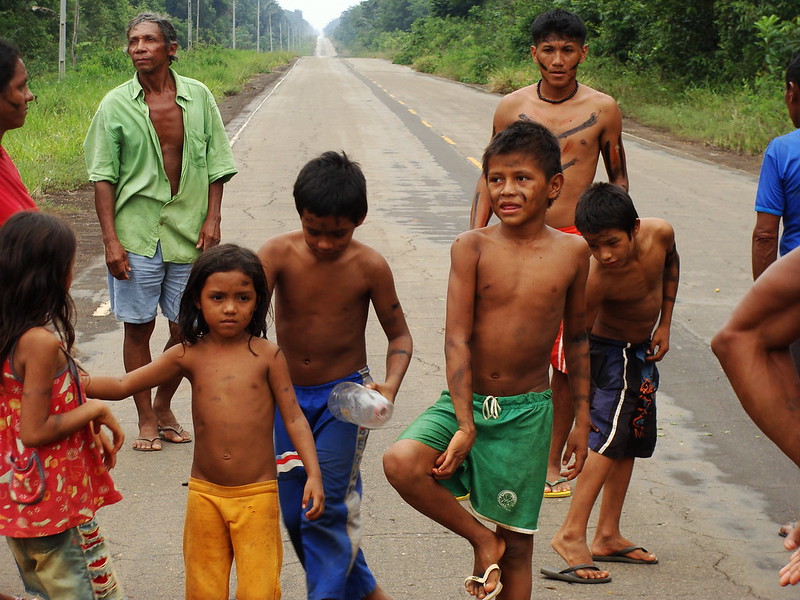 In many parts of the world, malnutrition in refugee camps remains a persistent and deadly challenge. Refugee families often lack access to nutrient-rich foods due to limited agricultural space, inconsistent supply chains and poor infrastructure. Yet, a promising solution is emerging, one that requires minimal space, water or sunlight: microgreens.
In many parts of the world, malnutrition in refugee camps remains a persistent and deadly challenge. Refugee families often lack access to nutrient-rich foods due to limited agricultural space, inconsistent supply chains and poor infrastructure. Yet, a promising solution is emerging, one that requires minimal space, water or sunlight: microgreens.
The Power of Microgreens
Microgreens are tender, immature greens harvested just after sprouting, typically within seven to 21 days. Though small in size, they hold quite a bit of nutritional value. According to the Cleveland Clinic, microgreens are rich in vitamins C, E and K and beta-carotene and antioxidants that support heart health, reduce inflammation and may help fight chronic disease. Their concentrated nutrient content makes them an effective dietary supplement, especially in low-resource settings.
Since microgreens grow quickly and require minimal space, water and equipment, they are well-suited for refugee camps where access to fresh produce is limited. They can thrive in shallow trays with basic soil or growing mats, using only sunlight or low-energy lights. This makes them an efficient, low-cost solution for improving food security and nutrition in overcrowded and under-resourced environments.
Growing Health at Home
Families in refugee settlements across Lebanon and Jordan are improving their nutrition through small-scale gardening initiatives. Supported by the United Nations High Commissioner for Refugees (UNHCR) and local partners, refugees are adopting keyhole gardens. This includes circular raised beds that use compost and greywater to grow various vegetables in spaces of limit and restriction. These gardens are built using readily available, recycled materials, making them affordable and sustainable for displaced households.
UNHCR reports that such gardens help increase access to fresh produce and empower families to participate actively in food production. By cultivating vegetables at home, refugees can supplement their diets with fresh, nutritious ingredients while reducing reliance on food aid.
Growing Solutions Across Africa
Refugees are improving their food security and nutrition in parts of sub-Saharan Africa through sustainable gardening practices. In Kenya’s Kakuma refugee camp, programs like the permagarden initiative have trained residents to grow vegetables using climate-resilient techniques that conserve water and enhance soil health. These small plots can be built with locally available materials and thrive in limited space, making them ideal for approaching malnutrition in refugee camps.
According to Devex, participants in the permagarden program reported increased access to diverse vegetables and greater household nutrition. Beyond physical health, gardening has also helped reduce stress and build a sense of purpose among participants. However, as the Humanitarian Practice Network notes, efforts like these face challenges from environmental extremes, such as drought and flooding, which threaten the fragile resilience systems in Kakuma.
Organizations Making an Impact
The Lemon Tree Trust is transforming how displaced communities interact with their environments by promoting gardening as a tool for resilience, dignity and self-reliance. Working primarily across the Kurdistan Region of Iraq in fighting malnutrition in refugee camps, the organization helps residents reclaim unused spaces for growing food and flowers. Through initiatives like garden competitions, community garden spaces and the distribution of seeds and plants, the Lemon Tree Trust supports displaced families in creating green spaces that nourish both body and spirit. These gardens improve access to fresh produce and foster community cohesion, mental well-being and a sense of home in uncertain settings.
Mercy Corps is also taking bold steps to support refugee self-reliance by integrating food security initiatives like microgreen farming into broader economic and social development programs. Its approach goes beyond immediate relief, aiming to unlock the long-term potential of displaced individuals. For example, Mercy Corps has significantly invested in job training, agricultural innovation and women-led entrepreneurship. These efforts are helping refugees transition from reliance on aid to lead productive, independent lives. Through partnerships and strategic funding, the organization is scaling initiatives offering nutritional and economic benefits, enabling communities to thrive even in the most challenging environments.
A Path Toward Self-Reliance
Microgreens are not a complete solution to malnutrition in refugee camps, but they offer an affordable, fast-growing and scalable way to improve health outcomes. More importantly, they place the power of food production back into the hands of the people who need it most. As international aid agencies look for sustainable ways to enhance food security, microgreens represent a small but mighty innovation with the potential to transform lives.
– Vasara Mikulevicius
Vasara is based in West Bloomfield, MI, USA and focuses on Good News and Global Health for The Borgen Project.
Photo: Pexels









